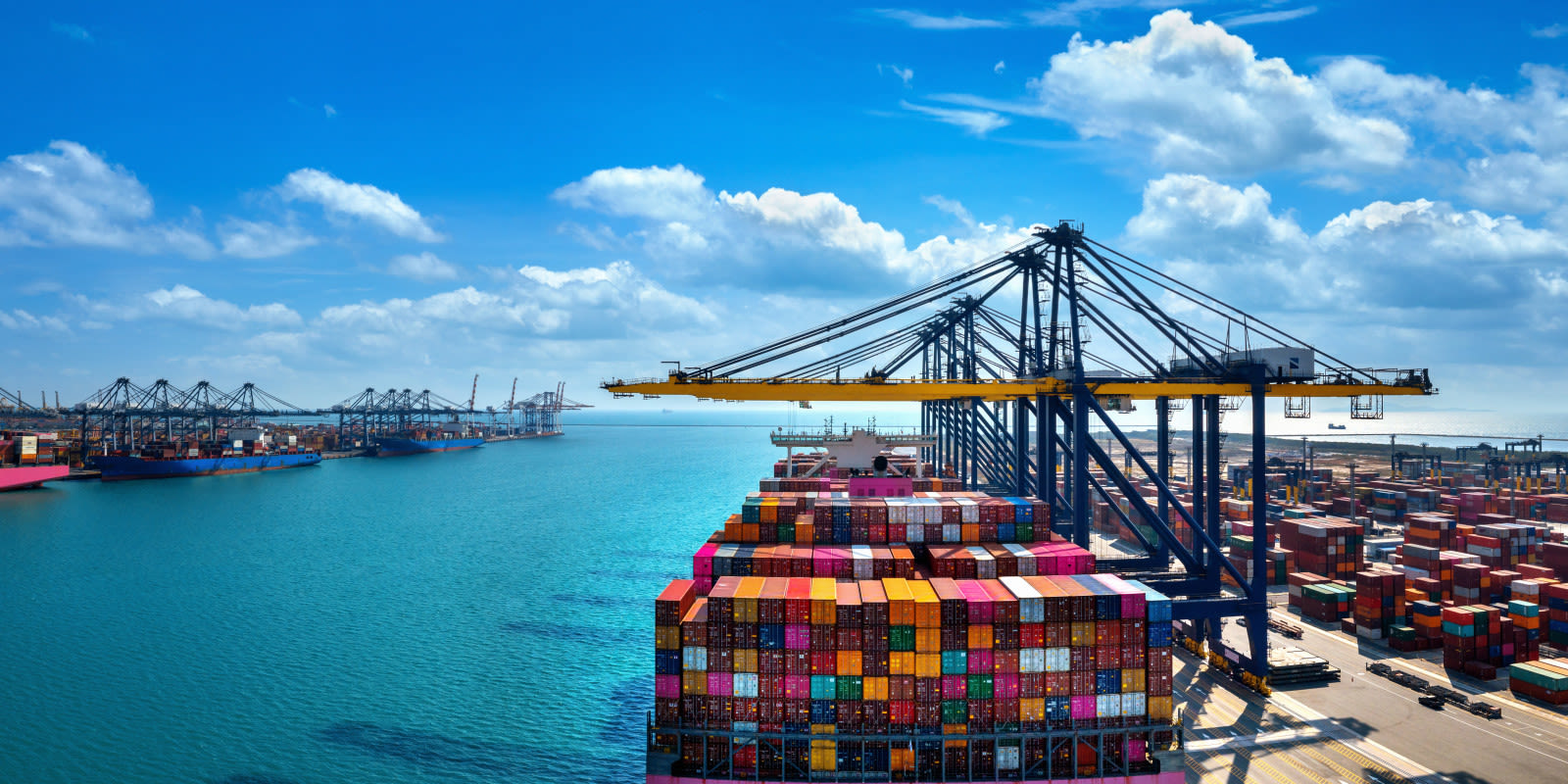
Back to Blog
November 4, 2022
Supply Chain Snapshots - News & Trends You Should Read This Week
Tags:
Friday, November 4, 2022
Looking for a quick summary of the top supply chain and logistics news and trends making waves this week? Read our weekly "Supply Chain Snapshots" for helpful summaries and commentary to get you up-to-speed on the news you need to know.
#1 Truckers Expect Softer Holiday Shipping on Waning Retailer Demand
Read the full article from The Wall Street Journal here
- The holidays are fast-approaching, yet freight companies are preparing for a muted peak season this year as shipping demand decreases across U.S. retail markets.
- The downshift in business is impacting the trucking industry, sending rates downward during a generally busy season.
- According to David Yeager, the chief executive of Hub Group Inc., “the fourth quarter is generally the peak of the holiday shipping season…however, judging by the feedback from our clients this peak will be muted versus historic norms. Beyond 2022, we do acknowledge the potential for a continued softening economy.”
- Freight operators are the latest sector in transportation to see lessening demand due to the impact of inflation on consumer spending.
- The weakening demand is now reaching trucking markets after ocean import volumes started sliding during the summer as inventories began piling up at big retailers.
- Merchants were stockpiling warehouses and stores earlier this year to avoid a repeat of supply chain chaos that impacted sales during last year's peak season.
- Trucking executives still expect retailers to ship larger volumes again once they clear out their excess inventories—although that may not happen until early in 2023.
#2 Outlook Cools for Global Shipping Demand
Read the full article from Marketplace here
- The Danish company Maersk expects container demand to decline between 2% and 4% this year, which could be an indicator of our economic future.
- “Many warehouses are still packed with inventory. In reality, we have enough stuff brought into the country already that you could maintain pretty high levels of consumption and see much more dramatic cuts in shipping than that (2 to 4%). These shippers also ordered a lot of new ships when demand was high…They’ll be coming online over the next two years.” - Phil Levy, chief economist at Flexport.
- This means there will be even more container space. It’s hard to know if consumers will have the money to fill that space.
#3 There’s a Major Shift Underway in Manufacturing for U.S. Companies
Read the full article from CNBC here
- According to a new survey from SAP, the supply chain may be getting better, but the challenges aren't going away. 51% of U.S. companies expect the supply chain to remain challenging into 2023.
- “The chaos and the disruption is proving that the supply chain just wasn’t as robust as they expected it to be…The costs to be able to build that resilience are ultimately being borne by the consumer, who now needs to prioritize lower prices over quality.” - SAP board member, Scott Russell.
- 52% of organizations believe they need major supply chain improvements.
- When asked who/what is to blame for the current supply chain issues:
58% blamed political unrest
44% blamed lack of raw material/components
40% blamed rising fuel/energy costs
34% blamed rising interest rates - Rising supply chain costs are also impacting business decisions, with 61% of survey respondents reporting wage and recruitment freezes as their top solution to combating rising supply chain costs.
- Companies are taking a closer look at sustainability. Many brands are looking to establish an efficient supply chain that has resiliency and an ESG (Environmental, Social, and Governance) agenda.
#4 Viewpoint: Tricks or Treats? World of Logistics has Big Bag of Rocks
Read the full article from FreightWaves here
- The past couple of weeks, it seems logistics managers are being dealt an unlucky hand of events including a tanker and diesel crisis, strikes, and record-breaking Mississippi River drought.
- Diesel inventories in New York and New England markets are down more than 50% since last year—the lowest level since 1990. Overall, diesel reserves around this time of year have not been this low since 1951.
- As the cold weather nears, it's uncertain where energy traders will direct their loads.
- Record-low water levels in the lower Mississippi River have trapped several barges in a muddy mess causing shipping delays. Freight is being redirected towards trucks and rails to circumvent these delays.
- The union Unite continues its strike causing disruption in Liverpool, England. Congestion is impacting the German and Netherland ports as shipments move away from Liverpool, causing major disruption to shipping schedules.
- “[Workers] need a wage that matches inflation. Don’t be surprised by another strike. It seems dysfunction is the new normal.” - Bobby Morton, national officer for Unite, on the continuing labor strikes.
#5 China’s Air Freighter Fleet to Quadruple
Read the full article from Air Cargo News here
- China’s air freighter fleet is expected to quadruple in size to more than 800 aircrafts in the period up to 2041, according to Boeing’s 2022 Commercial Market Outlook (CMO) for China.
- The CMO for China predicts that the country's growing economy is a big factor in more-than-doubling its commercial fleet over the next 20 years.
- According to the report, China will require 8,485 new aircraft valued at $1.5 trillion to serve passengers and commerce over the period. That figure of 8,485 is made up of 205 freighters, 1,570 wide-bodied aircraft, 6,370 single-aisle aircraft and 340 regional jets, and represents more than one-fifth of global commercial aircraft deliveries expected to take place over the next two decades.
- Despite recent economic roadblocks, China’s commercial aviation market will continue to prosper. Boeing predicted the fleet will grow by 80% over the next 20 years.
- The airframer expects carriers around the world will need a total of 2,800 additional freighters, including 940 new widebody models.
#6 B2B E-Commerce Poised for Growth
Read the full article from PaymentsJournal here
- Business-to-business (B2B) e-commerce is the online selling of goods and services between businesses. This can include everything from manufacturers selling to retailers, to businesses selling to other businesses.
- Because B2B transactions are often more complex than B2C transactions, it often requires more sophisticated business tools and processes.
- Balance (digital payments platform) partnered with MRM Commerce on an e-commerce survey among B2B buyers. Some of the conclusions drawn include:
- Loyalty in B2B e-commerce is strongly tied to ease of checkout.
- Half of respondents polled cite friction from slow payment terms and lack of digital invoicing
- 73% likely to abandon the purchase with an experience containing friction
- Payment options that contain preferred methods are necessary
We’ll be back next Friday with our next edition of Supply Chain Snapshots.







